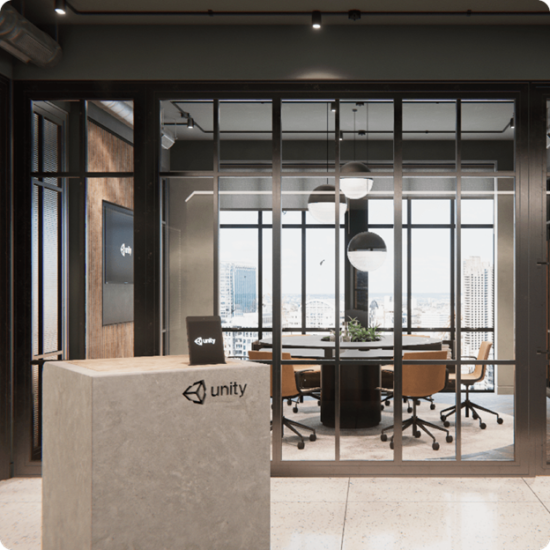Last year Autodesk abandoned its Stingray game engine product. Part of the reason the company decided to can Stingray, the game engine they developed and created from technology acquired with Bitsquid in 2014, was because Autodesk saw their customers ignoring Stingray and using Unreal or Unity. Autodesk realized it made more sense to go to where their customers were rather than hope their customers would come to them. Bits of Stingray live on in 3ds Max and the Matchbox shader tools in Flame.

Autodesk has thrown in with Unity as their game engine partner and at Autodesk University, the two companies talked about the work they are doing to enable workflows between Autodesk’s products and the Unity game engine. At Autodesk University, the companies said they are expecting to have the first tools coming out of the collaboration by Fall 2019. They’re working across the Autodesk divisions including AEC, automotive, and M&E and including Revit, VRED, 3ds Max, Maya, and Shotgun. The two companies are using Autodesk’s Forge platform which is Autodesk’s development platform based on its product code bases.
At Autodesk University, the companies talked about the potential for creating immersive experiences in a wide range of platforms including iOS, Android, Oculus, HoloLens, PlayStation 4, Xbox One—in all the companies say over 25 platforms provide opportunities for developers using Unity.
The first major targets for the collaboration are:
Autodesk Revit: As an important conduit for the fast-growing BIM market, Revit is an important priority for the Autodesk/Unity alliance. Autodesk says a tool that integrates Revit and Unity will help explore their model and create interactive walkthroughs or collaborate.
VRED: VRED is Autodesk’s visualization tool along the lines of Keyshot or Autodesk’s discontinued Showcase. It enables people to quickly render Autodesk CAD models and place them in an environment with proper reflections, etc. It’s often used for automotive files and product shots. Tools integrating VRED and Unity would let designers save all their VRED data, such as environments, lighting, materials, and animations, and bring them into Unity to build-in interactivity. This could be used to create car configurators, product showcases, training applications, etc.
Shotgun: Shogun is Autodesk’s widely used asset management tool. Unity and Shotgun already work together. The greater integration between the two products, promised for early 2019, will enable artists to see current tasks and feedback from within Unity and also load assets and publish shots directly to Shotgun for team members to use and review.
What do we think?
The emergence of game engines as a development tool for a broad range of applications has been growing over the last five years and has been gaining critical mass. The applications are sometimes simple, with customers using the game engines primarily for realtime rendering. What we’re seeing now is purpose-built tools such as Twinmotion which has been built on Unreal or Slipstream, which was developed by Lightworks, which was acquired by Siemens this year.
If it’s just about rendering, there are easier ways including Keyshot, which isn’t inexpensive, or Adobe’s Dimension, which is part of an Adobe Creative Cloud subscription. We expect to see more tools come along built on the game engines, or maybe even in a roundabout way via Autodesk’s Forge.





